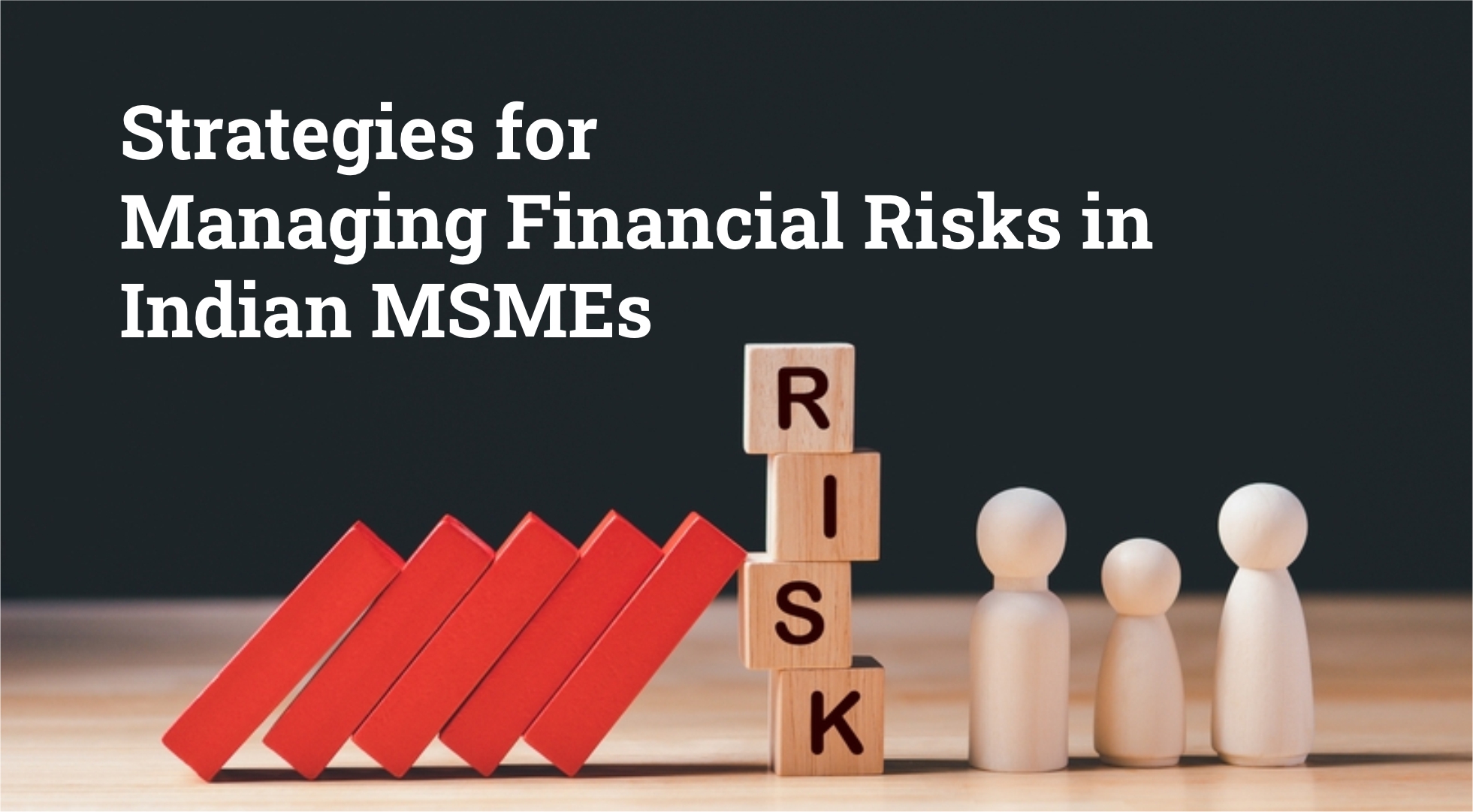Introduction
Micro, Small, and Medium Enterprises (MSMEs) play a crucial role in the Indian economy, contributing significantly to employment generation, GDP growth, and inclusive development. However, MSMEs face a unique set of challenges, including financial risks that can hinder their growth and sustainability.
Facts and Figures
- MSMEs account for over 95% of the total number of enterprises in India.
- They contribute over 30% to India’s GDP and employ over 120 million people.
- However, MSMEs face significant financial risks, with over 60% of them citing lack of access to finance as a major challenge.
Understanding Financial Risks
Financial risks are events or conditions that can lead to financial losses or instability for MSMEs. These risks can arise from various factors, including:
- Market volatility: Changes in demand, supply, or prices can significantly impact MSME profitability
- Liquidity issues: MSMEs may face difficulties in meeting short-term obligations due to inadequate cash flow.
- Credit risks: The possibility of borrowers defaulting on loans can lead to financial losses for MSMEs.
- Interest rate fluctuations: Changes in interest rates can affect borrowing costs and profit margins.
- Operational risks: Inefficient processes, natural disasters, or human errors can lead to financial losses.
Strategies for Managing Financial Risks
To effectively manage financial risks, Indian MSMEs can adopt a range of strategies:
- Diversification of Revenue Streams: MSMEs should diversify their product or service offerings and explore new markets to reduce reliance on a single source of income.
- Effective Cash Flow Management: Implement efficient invoicing practices, negotiate favourable payment terms, and manage inventory effectively to maintain a healthy cash flow.
- Risk Hedging through Insurance: Obtain appropriate insurance coverage to protect against business interruption, liability, property damage, and currency fluctuations.
- Building Strong Relationships with Financial Institutions: Maintain a good credit score and foster strong relationships with banks and financial institutions to facilitate access to loans and credit facilities.
- Embracing Technology and Automation: Utilize financial management software, digital payment platforms, and analytics tools to enhance efficiency and gain real-time insights into financial performance.
- Conducting Regular Risk Assessments: Regularly assess potential threats and vulnerabilities to proactively identify and mitigate financial risks.
- Leveraging Government Support: Utilize available government schemes, subsidies, and support programs to access funding and risk mitigation resources.
- Employee Training and Awareness: Train employees to identify and address financial risks within their roles, fostering a risk-aware culture within the organization.
Conclusion
By implementing these strategies, Indian MSMEs can strengthen their financial resilience, navigate challenges effectively, and achieve sustainable growth in the dynamic business landscape.



